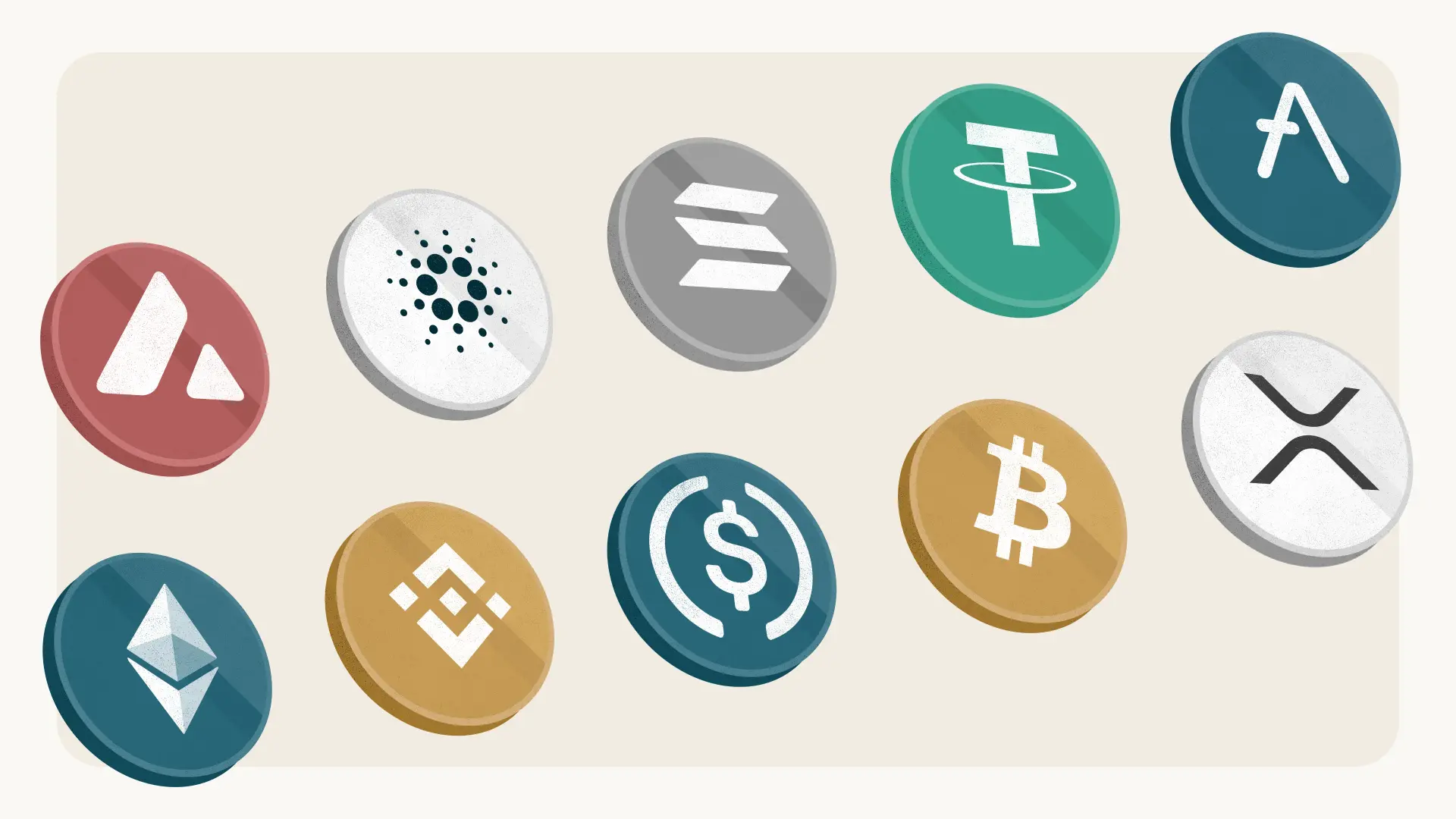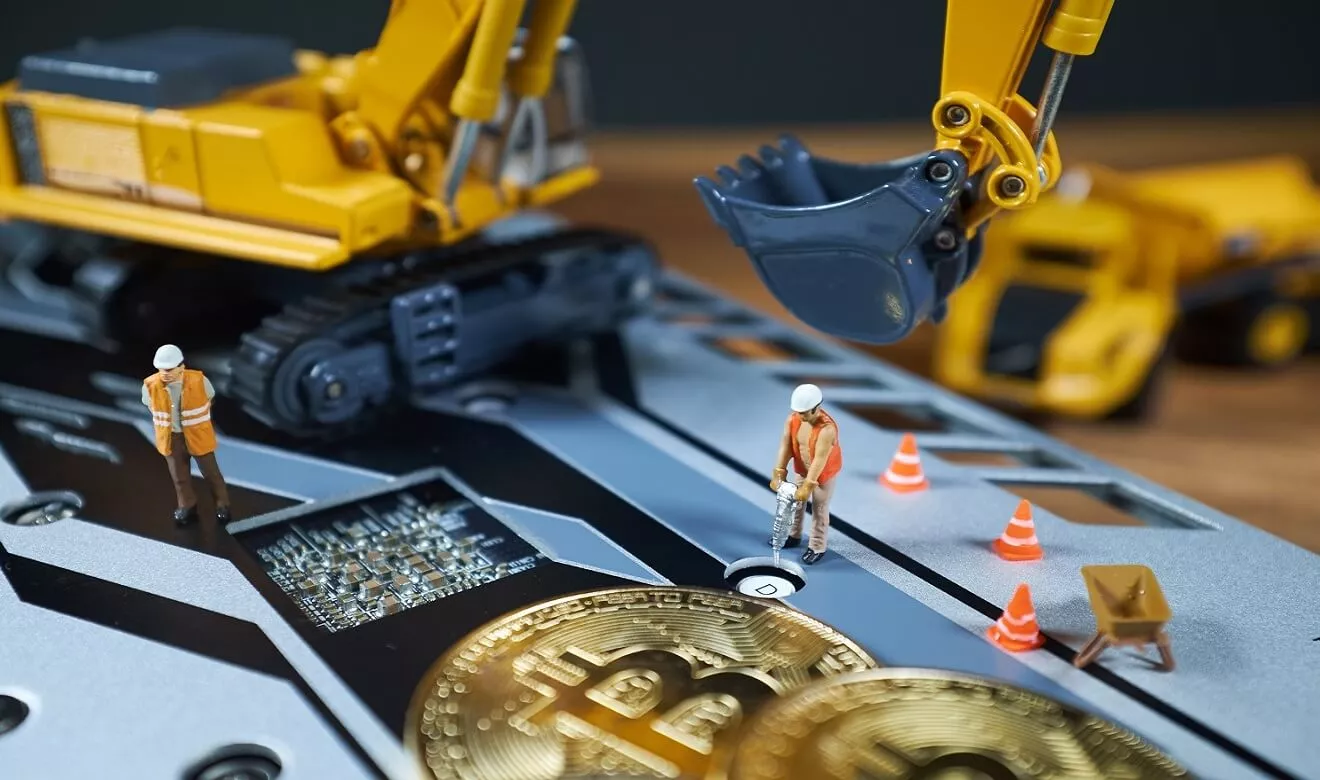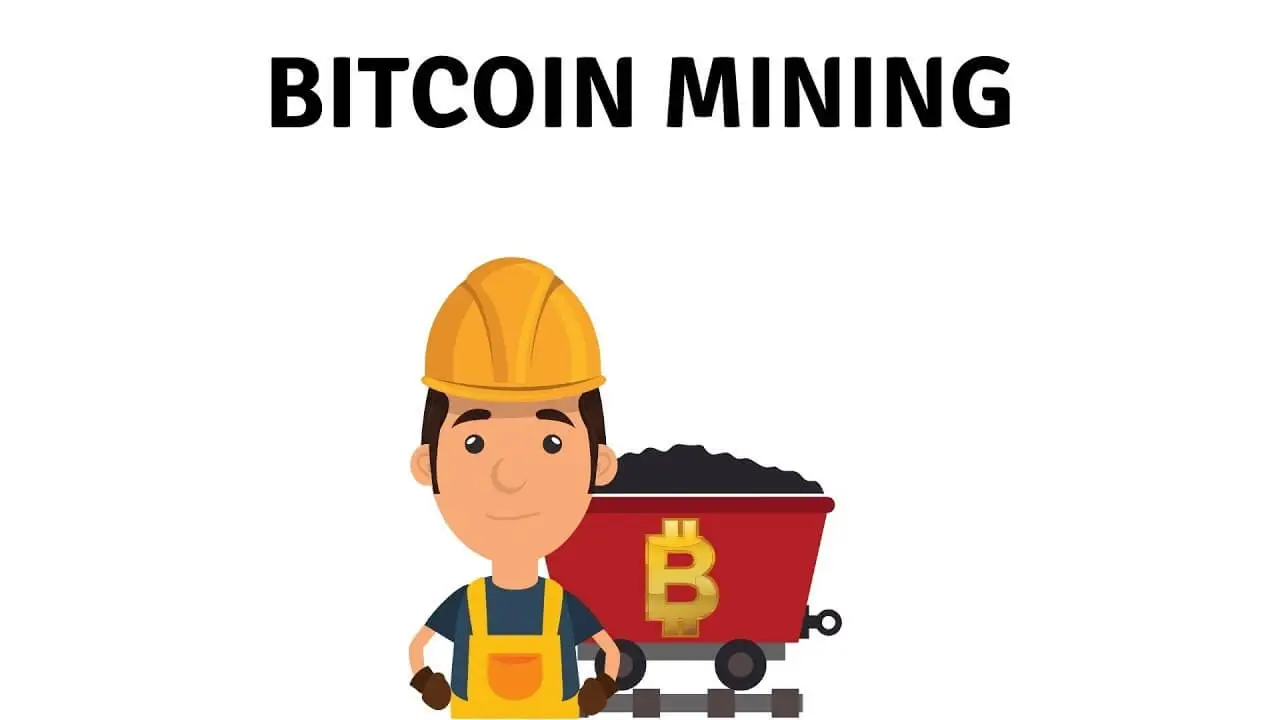Cryptocurrency mining has gained massive attention in recent years as people look for ways to participate in the digital economy. While buying cryptocurrencies through exchanges like Bitcoin or Ethereum is a common way to get started, mining offers a different approach. It allows you to earn digital currency by helping maintain and secure the blockchain network. But what exactly is crypto mining, and how can beginners get involved?
In this beginner-friendly guide, we’ll explore what crypto mining is, how it works, what equipment you need, and the opportunities and challenges it presents. Whether you’re curious about mining as a hobby or want to dive deeper into it, this guide will provide a new perspective on how you can earn digital currency through mining.

Content
What is Crypto Mining?
At its core, crypto mining is the process of validating transactions on a blockchain network and securing it. Miners use powerful computers to solve complex cryptographic puzzles, and in return, they are rewarded with cryptocurrency.
But why is this necessary? Blockchain networks like Bitcoin and Ethereum operate on a decentralized system. Unlike traditional banking systems, where transactions are processed by a central authority (like a bank), cryptocurrencies rely on a distributed network of computers (nodes) to verify and approve transactions.
Miners play a crucial role in this process by providing the computing power needed to keep the network secure and operational. Every time a miner successfully validates a block of transactions, they are rewarded with new coins—this is how mining becomes a way to earn digital currency.
How Does Crypto Mining Work?
Mining is often compared to solving a puzzle or performing a lottery. Let’s break it down:
- Transaction Validation: When someone makes a transaction on the blockchain (e.g., sending Bitcoin to another user), that transaction is bundled with others into a “block.” This block must be verified before being added to the blockchain.
- Proof of Work: To validate the block, miners must solve a complex mathematical puzzle through a process called Proof of Work. This requires a significant amount of computing power. The first miner to solve the puzzle gets to add the block to the blockchain.
- Mining Reward: Once the block is verified and added to the blockchain, the winning miner receives a reward in cryptocurrency. For example, in the Bitcoin network, miners receive newly minted bitcoins as a reward. Over time, this reward decreases (a process called halving), but it still provides a solid incentive for miners.
Mining isn’t just about earning coins; it also keeps the entire network decentralized and secure. This process ensures that no single entity has control over the blockchain.
Types of Crypto Mining
There are several ways to participate in crypto mining, each with varying levels of difficulty and investment required:
- CPU Mining: This method uses the processing power of your computer’s central processing unit (CPU). In the early days of cryptocurrencies, CPU mining was common. However, as mining difficulty has increased, CPU mining is no longer profitable for most coins due to its low power compared to other methods.
- GPU Mining: Graphics Processing Units (GPUs) are more powerful than CPUs when it comes to mining. GPU mining is the most popular method for mining altcoins (cryptocurrencies other than Bitcoin), such as Ethereum. GPUs can solve the cryptographic puzzles more efficiently and are widely used by hobbyist miners.
- ASIC Mining: Application-Specific Integrated Circuits (ASICs) are specialized hardware designed specifically for mining. They offer much more computational power than GPUs or CPUs, making them highly efficient for mining Bitcoin. However, ASICs can be expensive and consume a lot of electricity, making them more suitable for large-scale mining operations.
- Cloud Mining: For those who don’t want to invest in hardware, cloud mining offers a way to mine remotely. Companies operate mining farms and rent out their mining power to users. You pay for a contract, and the company mines on your behalf, sharing the rewards. While this is an easy way to get started, cloud mining often comes with lower returns due to fees and contract terms.
What Equipment Do You Need?
If you’re interested in mining cryptocurrency, here’s what you’ll need:
- Mining Hardware: Depending on your mining method, this could be a powerful computer, a set of GPUs, or an ASIC miner. Make sure to research which hardware is best suited for the coin you plan to mine.
- Mining Software: Once you have the hardware, you’ll need software that connects you to the blockchain and manages your mining operations. Popular options include CGMiner, BFGMiner, and EasyMiner for beginners.
- Wallet: You’ll need a secure crypto wallet to store the coins you earn from mining. Make sure to use a wallet that supports the cryptocurrency you’re mining.
- Stable Power Supply: Mining consumes a lot of electricity, especially when using ASICs or multiple GPUs. Be prepared for high energy costs and ensure your setup can handle the power load.
- Cooling System: Mining rigs can get very hot, so proper cooling is essential to keep your equipment running efficiently and avoid hardware damage.
Opportunities and Benefits of Crypto Mining
Crypto mining offers several benefits, particularly for those who want to earn cryptocurrency without buying it directly:
- Potential Earnings: Mining allows you to earn cryptocurrency directly by participating in the network, providing a steady source of income if done correctly.
- Supporting the Network: By mining, you are contributing to the security and decentralization of the blockchain, playing a crucial role in the ecosystem.
- Learning Opportunity: Mining is an excellent way to learn more about how cryptocurrencies and blockchain technology work.
For hobbyists or tech enthusiasts, mining can be a rewarding way to participate in the crypto world while also learning about decentralized networks.
Challenges and Risks of Crypto Mining
While mining presents opportunities, it also comes with challenges:
- High Upfront Costs: Mining hardware can be expensive, especially for ASIC miners. Additionally, electricity costs can quickly add up, reducing your profit margins.
- Mining Difficulty: As more miners join the network, the difficulty of solving puzzles increases. This means that over time, it becomes harder to earn rewards, especially in popular networks like Bitcoin.
- Market Volatility: The value of the cryptocurrency you mine can fluctuate wildly, meaning your earnings may decrease if the price drops.
- Regulatory Concerns: In some regions, crypto mining may be subject to regulations or even bans, making it essential to understand the legal landscape in your country.
Conclusion
Crypto mining can be a rewarding endeavor, especially for those looking to earn cryptocurrency while supporting decentralized networks. However, it’s not without its challenges. Before diving into mining, it’s essential to understand the upfront costs, the hardware required, and the risks associated with the fluctuating crypto market.
Whether you’re planning to mine as a hobby or looking to turn it into a more serious operation, crypto mining offers a unique way to engage with the blockchain world. Just remember to stay informed, start small, and approach it with patience—you might find mining to be both profitable and fascinating.

Wesley has been a crypto enthusiast for a year. He’s an avid watcher of all the latest developments in the space, and enjoys predicting what will happen next with his favorite coins.
He lives in his hometown of New York City with his wife and two sons. His hobbies include watching movies, playing basketball, and reading about how to survive disasters that may occur from climate change or an asteroid impact!




